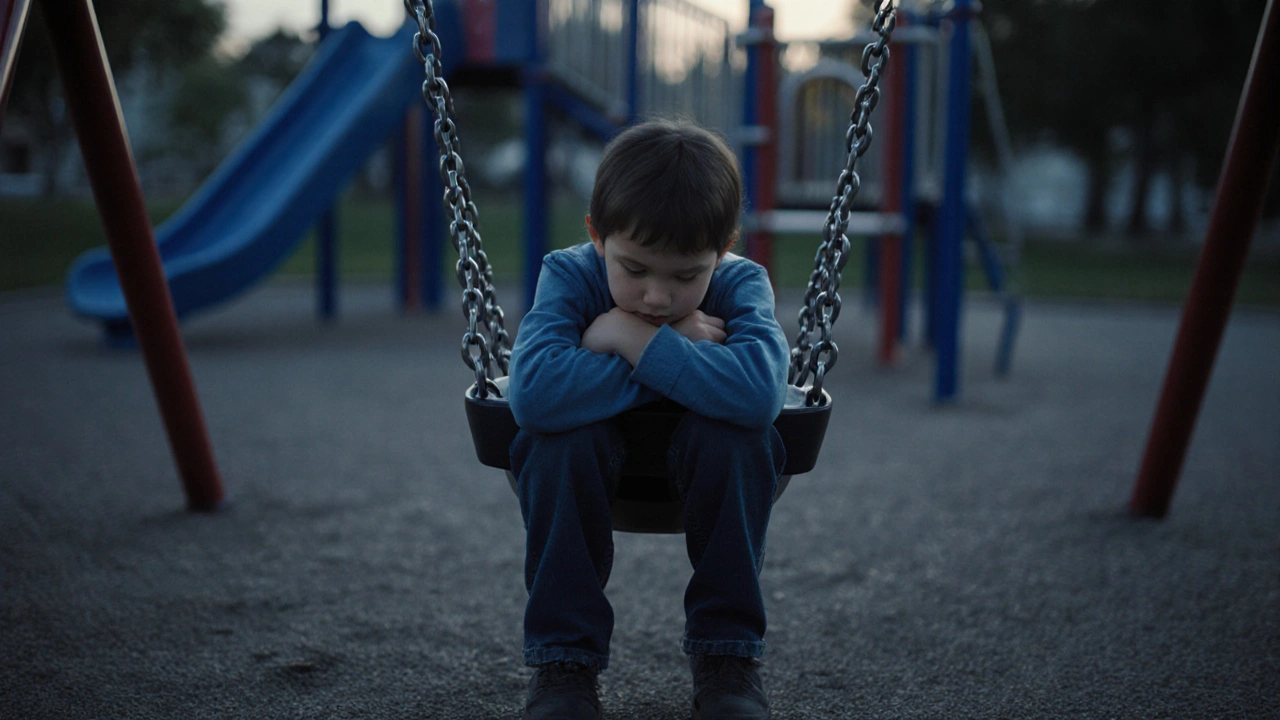Children Depression: What Parents Need to Know
When dealing with Children Depression, a mood disorder that shows up in kids and early teens as lasting sadness, loss of interest, and behavior changes. Also known as pediatric depression, it can affect school performance, relationships, and overall well‑being. Children depression isn’t just a phase; it often signals deeper issues that need attention. Depression in youth encompasses emotional, cognitive, and physical symptoms, and early identification can change the trajectory of a child’s life.
One of the biggest challenges is spotting the signs. Kids may hide their feelings, but look for irritability, social withdrawal, changes in sleep or appetite, and dropping grades. These behaviors Therapy can address, especially when combined with family support. Cognitive‑behavioral therapy (CBT) and play therapy are proven to help children reframe negative thoughts and develop coping skills. In some cases, a doctor may recommend Antidepressants to balance brain chemistry, but medication is usually paired with psychotherapy to maximize safety and effectiveness. The relationship is clear: effective treatment requires therapy and sometimes medication, and both influence long‑term outcomes.
Key Signs and Helpful Strategies
Understanding the link between emotional health and daily life is crucial. Persistent sadness can lead to academic decline, while anxiety may trigger physical complaints like headaches. Parents should create open dialogues, encourage regular routines, and seek professional help if symptoms linger more than two weeks. School counselors, pediatricians, and child psychologists can run assessments that differentiate normal mood swings from clinical depression. Early diagnosis influences long‑term outcomes, reducing the risk of substance abuse, chronic mental illness, and self‑harm in adulthood.
Besides professional care, practical steps at home make a difference. Set consistent sleep schedules, promote physical activity, and limit screen time that can amplify negative emotions. Celebrate small victories to boost self‑esteem, and model healthy coping by managing your own stress. When medication is part of the plan, monitor side effects closely and keep communication open with the prescribing doctor. Remember, each child’s journey is unique, but a combination of compassionate support, evidence‑based therapy, and, when needed, medication creates a solid foundation for recovery.
Below you’ll find a curated list of articles that dive deeper into related health topics—ranging from medication guides to coping strategies for various conditions. These resources can help you navigate the broader landscape of pediatric health while keeping children’s mental well‑being front and center.

Understanding Major Depressive Disorder in Children and Adolescents: Signs, Diagnosis, and Treatment
Explore signs, causes, diagnosis, and evidence-based treatments for major depressive disorder in kids and teens, with practical tips for families and schools.
